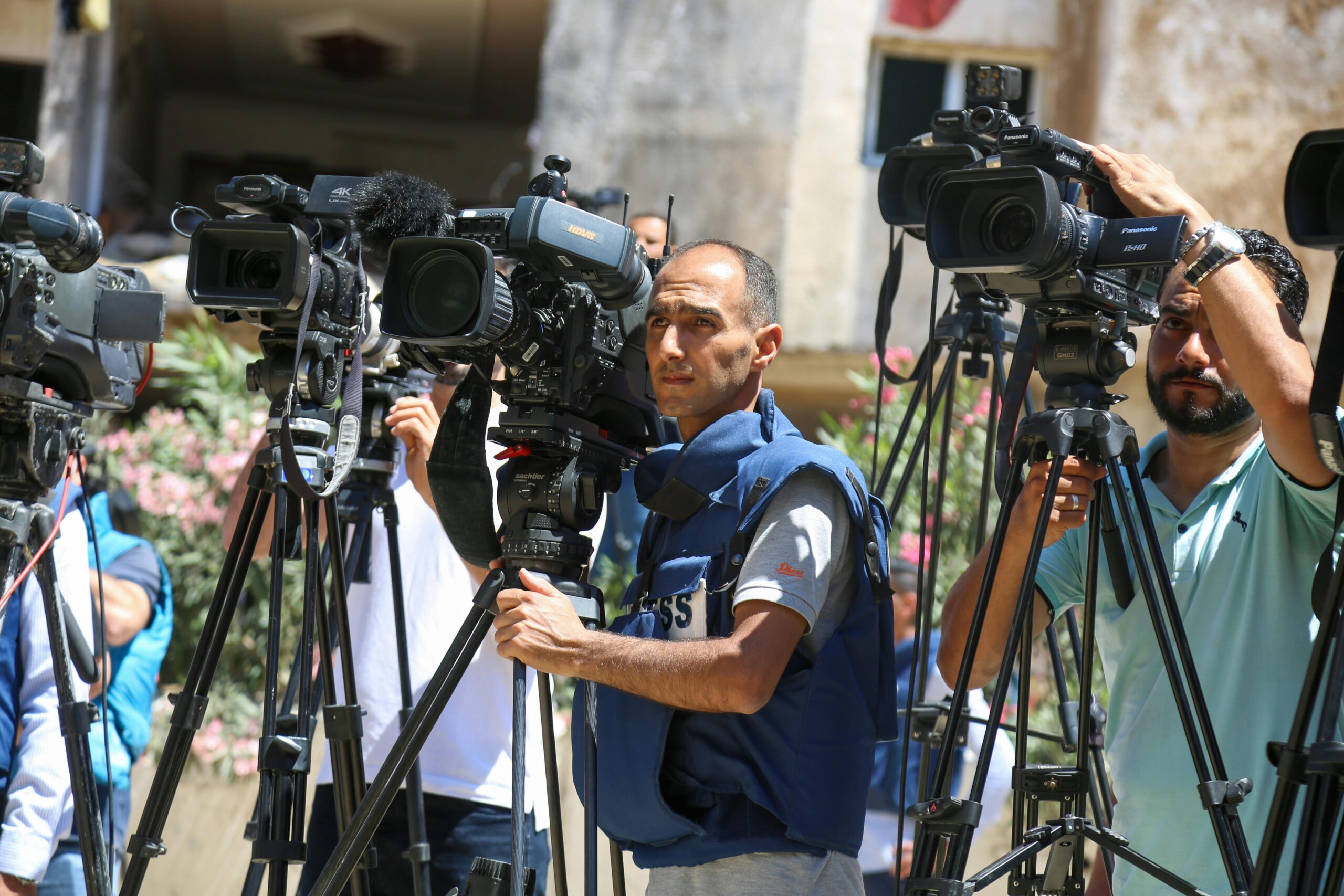Photojournalism stands at the intersection of art and truth, providing a visual narrative that complements and often transcends words. It requires not just technical skill but also a deep sense of responsibility. As photojournalists document events around the world, they wield the power to influence public opinion, evoke emotions, and drive action. This power comes with ethical obligations, ensuring that the truth is captured and conveyed accurately without causing undue harm.
Table of Contents
The Art of Photojournalism
Visual Storytelling
At its core, photojournalism is about storytelling. A single image can tell a story more powerfully than a thousand words. Photojournalists use composition, lighting, and timing to create compelling visuals that draw viewers in and convey the essence of a moment. These elements are not just technical aspects but are integral to the narrative process, shaping how the story is perceived.
Technical Mastery
Mastering the technical aspects of photography is essential for photojournalists. This includes understanding camera settings, lighting conditions, and post-processing techniques. The ability to quickly adapt to different environments and capture high-quality images under pressure is a skill honed through experience and practice.
Creativity and Perspective
Creativity distinguishes great photojournalism. Unique angles, perspectives, and innovative compositions can turn ordinary scenes into extraordinary stories. Photojournalists often look for unusual ways to capture familiar subjects, offering fresh viewpoints that challenge viewers’ perceptions.
The Ethics of Photojournalism
Truth and Accuracy
The primary ethical obligation of a photojournalist is to depict the truth. This means presenting images that are accurate representations of the events without manipulation that could mislead the audience. Photojournalists must avoid staging scenes or altering images in a way that distorts reality.
Respect and Sensitivity
Photojournalists often work in sensitive and challenging environments, capturing images of tragedy, conflict, and human suffering. It’s crucial to approach these situations with respect and sensitivity, ensuring that subjects are not exploited or dehumanized. Obtaining consent, when possible, and considering the impact of publishing certain images are vital ethical considerations.
Avoiding Harm
While the goal is to inform and evoke empathy, photojournalists must balance this with the potential harm their images might cause. This includes considering the safety and privacy of subjects, the potential for retraumatizing victims, and the broader social implications of their work.
Challenges in Modern Photojournalism

Digital Manipulation
In the digital age, the potential for manipulating images has increased significantly. This presents ethical challenges, as even subtle alterations can undermine the credibility of photojournalism. Maintaining integrity requires vigilance and adherence to strict ethical guidelines regarding image editing.
The Role of Social Media
Social media platforms have transformed how images are shared and consumed. While they provide a broad audience reach, they also pose challenges in controlling the context and interpretation of images. Photojournalists must navigate these platforms carefully to maintain the integrity and impact of their work.
Safety and Security
Photojournalists often work in hazardous conditions, from war zones to natural disasters. Ensuring their safety while obtaining critical images is a constant concern. Media organizations must prioritize the well-being of their photographers, providing necessary training and support.
The Impact of Photojournalism
Shaping Public Opinion
Images have a profound impact on public opinion. Photojournalism has the power to highlight injustices, inspire change, and bring attention to underreported issues. Iconic photographs throughout history have played pivotal roles in shaping societal attitudes and policies.
Emotional Connection
Photographs can evoke strong emotional responses, creating a connection between the viewer and the subject. This emotional engagement is a powerful tool in storytelling, fostering empathy and understanding across diverse audiences.
Historical Record
Photojournalism serves as a visual record of history, documenting events for future generations. These images provide an invaluable resource for understanding past events and the context in which they occurred.
FAQs
What is the main goal of photojournalism?
The main goal of photojournalism is to tell truthful and compelling stories through images. It aims to inform, evoke emotions, and drive social change by documenting events accurately and ethically.
How do photojournalists ensure ethical standards?
Photojournalists adhere to ethical guidelines that emphasize truth, accuracy, respect, and sensitivity. This includes avoiding manipulation, obtaining consent, and considering the potential impact of their images on subjects and audiences.
What challenges do photojournalists face today?
Modern photojournalists face challenges such as digital manipulation, the influence of social media, and safety concerns in hazardous environments. Navigating these issues requires a commitment to ethical practices and ongoing professional development.
How does photojournalism impact society?
Photojournalism impacts society by shaping public opinion, fostering emotional connections, and providing a historical record of events. It brings attention to critical issues and can inspire social change through its powerful visual narratives.
Conclusion
Photojournalism is a vital and dynamic field that blends artistic creativity with a commitment to truth and ethics. As visual storytellers, photojournalists play a crucial role in documenting the world, influencing public perception, and driving social change. Their work not only informs and educates but also inspires and connects people across the globe. Upholding ethical standards ensures that the powerful impact of photojournalism continues to be a force for good in society.


Thanks for sharing. I read many of your blog posts, cool, your blog is very good.